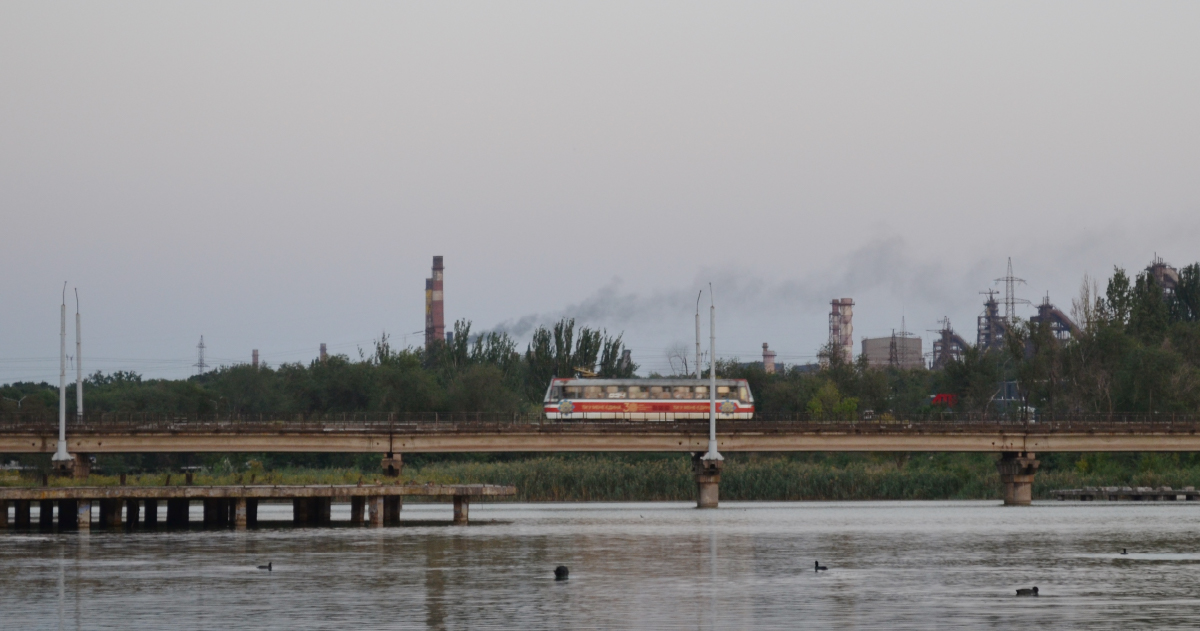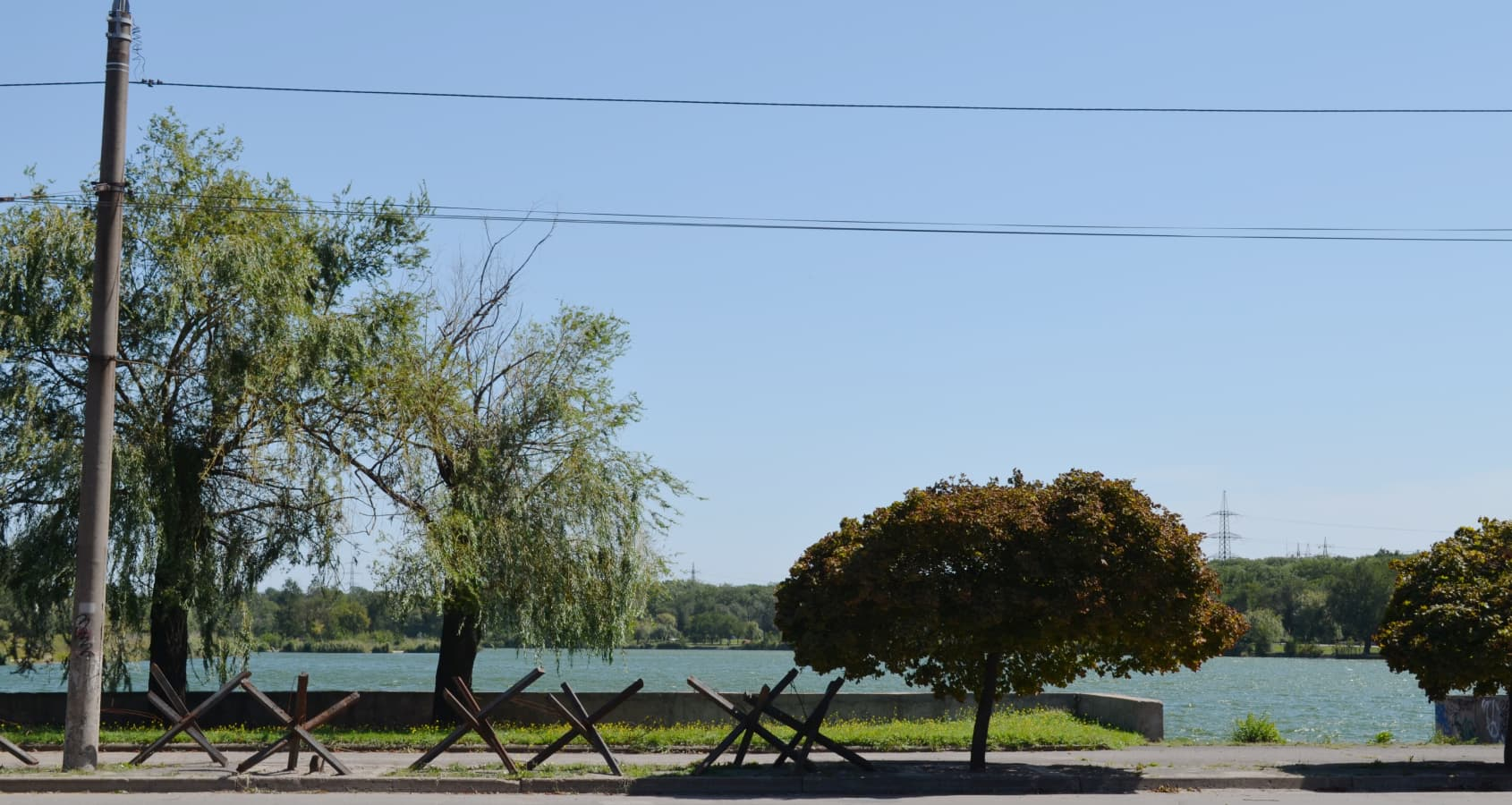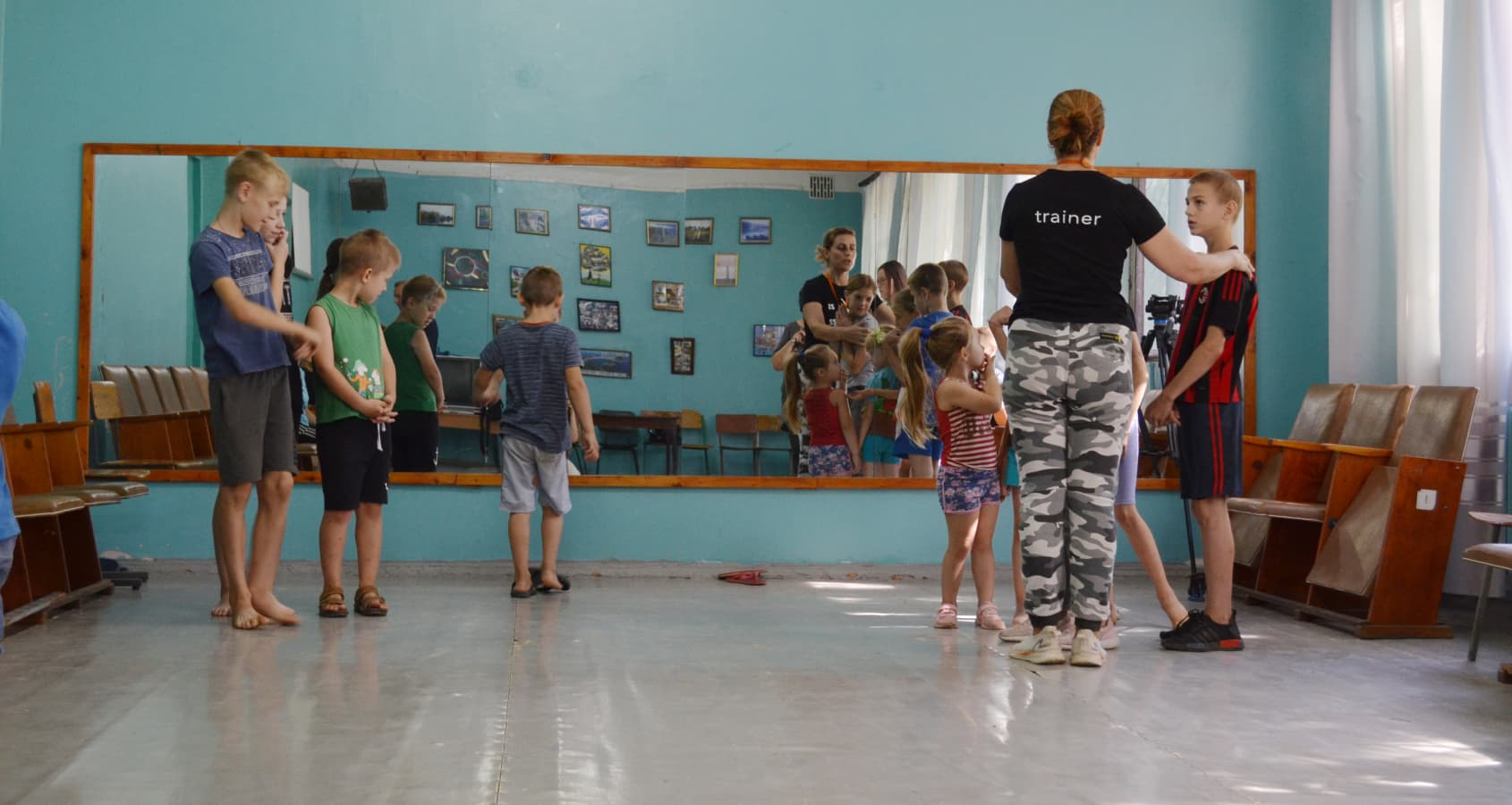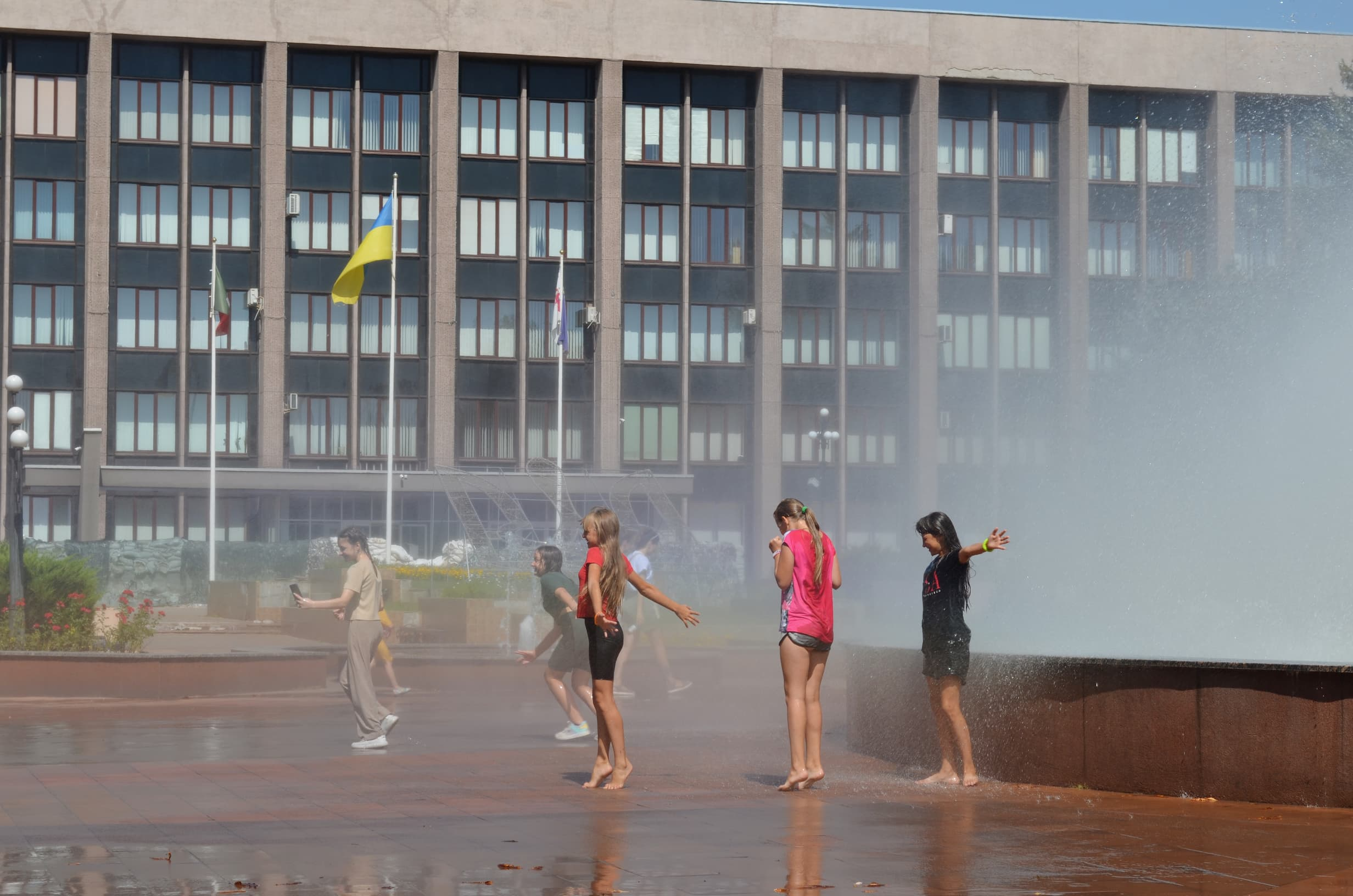"We already distinguish shells by shots": how people live in frontline towns of Kryvyi Rih

Kryvyi Rih is a front-line city that has become one of the main outposts of southern Ukraine since the early days of the full-scale war. The Russian military tried to capture it — they stormed the airport. Currently, the front line has been moved 50 kilometres away from Kryvyi Rih.
In the report, Svidomi tells about the life of Kryvyi Rih and the nearest towns during the war.
Under fire
The night of August 25th. At 2 a.m. the city wakes up to the sound of explosions. The Russian army fired cluster shells at the central district of the city from the side of temporarily occupied Kherson.
"The situation in the city remains steadily tense. People are scared. At the same time, everyone is united and does not panic," comments Victoria Tretyak, Deputy Chief of Staff of the Kryvyi Rih Military Administration.
On August 29, the Russians fired the city again with cruise missiles — without significant infrastructure damage or casualties.
Despite this, Kryvyi Rih is alive: water, electricity and communication are available; hospitals, pharmacies, shops and public transport are operating.

The situation is different in the communities bordering the Kherson region. Apostolovo, Zelenodolsk, Nikopol and Marianske are the towns mentioned daily in the summaries of damages and casualties among the civilian population.
When the fighting near Kryvyi Rih was raging, a businesswoman Natalia was in her native village of Zhovte, Apostolove community. From February 24 till now she has been waking up to shelling.
"We hear all the shelling from Zelenodolsk, although the city is about 30 km away. We have already learned to distinguish shells by shots," the woman recalls.
Zelenodolsk is a small town on the outskirts of the Kryvyi Rih district. The front line passing through the Kakhovka Reservoir is about 6 km away.
"The shelling intensity is only increasing. On the night of August 27, Russians shelled almost all of the community's territories. Approximately 432 apartments and about 700 houses were destroyed in all that time,"— says the head of the Zelenodolsk community Dmytro Neveselyi.
Almost all schools, kindergartens, and cultural institutions have been shelled and partially or completely destroyed. At every step, you can see traces of war crimes committed by Russia.
According to the Mayor, 13 people have been killed and 32 more have been injured in Zelenodolsk since February 24.
“People are on edge. But despite the fear, they are already used to it. Adults are sitting on benches, children are playing in the yard while you can hear explosions from the border territories," adds Neveselyi.
There is currently no planned evacuation, but in case of a "bad" scenario, the scheme has been worked out.
"We have already provided people with the possibility of evacuation: they were transported by buses to Kryvyi Rih, where they got settled. But people are coming back,” says Neveselyi.
How Kryvyi Rih welcomes Internally Displaced People
We stand in front of the dormitory building of the Kryvyi Rih College of Economics and Management of KNEU. Previously, students lived here, now there are dozens of people who forcibly left their homes in the Kherson, Donetsk, Kharkiv and Mykolaiv regions.
Today it is a real holiday — volunteers from the Kryvyi Rih tourist centre Komandor have organized training in acrobatics for children for the first time.

Since the beginning of the full-scale invasion, the excursions and trips to the country have ceased — volunteering came to replace them. For six months, Komandor, led by its founder Hryhorii Kurochkin, has been initiating workshops, educational and entertainment programs and excursions for families.
"For the first month and a half of the war, I dug trenches and bunkers with my friends and tried to help the Local Defense Community in every possible way. Then I switched to helping civilians," says Hryhorii Kurochkin.
At the same time, the Komandor Center organizes photo exhibitions, concerts and creative meetings with writers, musicians and scientists for adults.
"There was an incident at the exhibition: an elderly man from Nova Kakhovka, a Botany and Chemistry teacher, stopped by a photo with a cat, froze and said with tears in his eyes: "This is my cat. My kitty I left behind”. I instantly contacted the photographer who had taken this photo, talked to him, and he gave permission to give this photo to the elderly," Kurochkin says.
Later, Komandor opened another exhibition — a selection of anti-war posters "I want to cry out to the world".
Looking at the works of the artist, Kurochkin suddenly stops at a portrait of a boy holding a small model of planet Earth, and says: "This is the real Elon Musk!".
Yaroslav is 7. He is from Selydove in the Donetsk region. He lives in one of the dormitories of Kryvyi Rih with his mother and grandfather.
"The story began with an event where we distributed gifts to children - balls painted like the planet Earth. Yaroslav takes the ball, his eyes widen, and says: "And how did you know that I love space so much?" Kurochkin says.
Yaroslav squeezed the planet in his hands and never abandoned it.
"We left the city when it was still cold, early in the morning. The trip then took 50 hours," says the boy.
According to the official data, there are more than 60 thousand forcibly displaced people in Kryvyi Rih.
"People are still evacuating from the frontline settlements, but not as many as before. I know many situations over the past week when people tried to escape but got hit by mines or their cars were shelled. However, we have volunteers who, at their own risk, help to get out of the occupation in various ways: on carts, swimming," says Viktoria Tretyak.
The region has evolved into a hub of aid. In Kryvyi Rih there are 86 temporary shelters and two humanitarian hubs operating. People are helped to find housing, receive medical, psychological and legal assistance and are provided with three free meals a day. The Russians are shelling the city, destroying the lives of those who were forced to flee their homes from the fighting.



